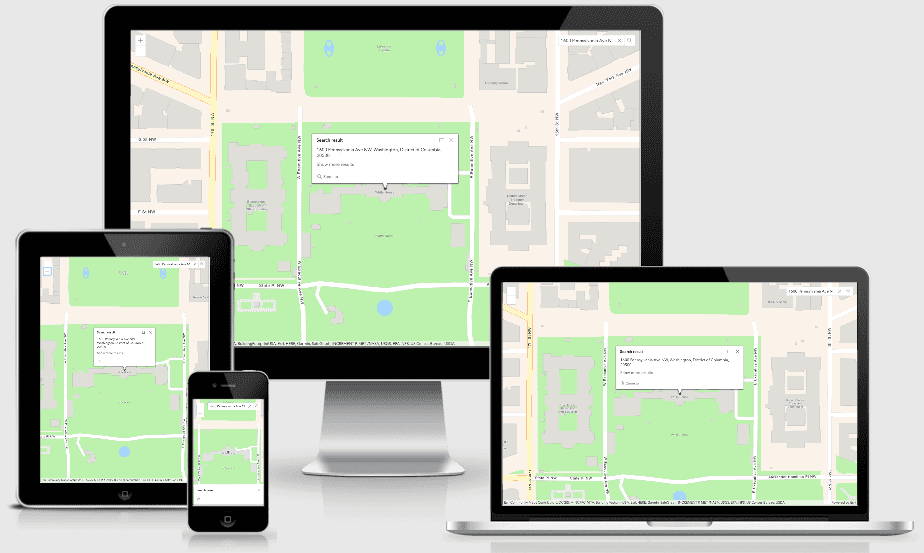

In the event a different map is configured, these custom behaviors are ignored. The app only performs these custom behaviors if the current map's portal item id matches that of the Trees of Portland web map. There are a select few custom behaviors displayed in this example application that help tell the Trees of Portland story that won't fit a generic context. The neighborhood layer is queried to populate an attribute of the tree layer. The neighborhood layer is not related to the other layers and provides the map with a visual context through the use of symbology. A neighborhood is a spatial feature symbolized on the map that does not relate to other tables. The Trees of Portland dataset schema is simple.Ī street tree can be one of many species and a street tree can contain zero to many inspection records. The map also contains a symbolized neighborhoods layer to help distribute inspection regions. Users can collect or view inspection records of those trees over time. Street trees are symbolized on the map based on their condition. Users can identify existing or create new street trees of a certain species on a map. Trees of Portland tells the story of a city arborist or engaged citizen who maintains inspections for all street trees in the city of Portland, OR. The capabilities of the app can be demonstrated using Trees of Portland, a web map hosted and maintained by the Esri Runtime organization that ships with the app by default. For more significant changes to the appearance of controls, see the Styles folder. Each platform has light and dark variants. Theming of the app's UI is controlled by values defined in files in the Themes folder. To learn more about what drives the app's behavior, read the section entitled Using Map Definition & Pop-up Configurations to Drive App Behavior. These rules are defined by the map's definition and by the map's layers' pop-up configurations. To accomplish this, the web map is configured by a set of rules that the app adheres to, driving the app's behavior. The app was designed to work in a generic context and thus your organization can configure the app to consume your own web map, out of the box. Use the example Trees of Portland web map and dataset to get started. This is a data collection app that uses your organization's web maps and the ArcGIS Web GIS information model.

So I just wanted to ask if any of you have tried to do what I want to do, or just know if it is possible. I don't think it is a cross-domain issue with the postMessage, right? send = function (json ) Īnd the "MapViewerWrapperUtils.getPortalURL()" is returning: " "
#Webmap viewer .net code
Trying to understand how the "Save" button is implemented I opened the console and saw a debug message when I clicked it, then I checked the source code and I found the function which is called in the MapViewerWrapper.js file: this.

That was disturbing, why is that? is it to avoid problem with the cookies? So then, I downloaded the storymap-journal source code and try to do the same in localhost and I got this message: ), something like this:Īs you can notice the viewer is embedded and there is a "Save button" outside (for some reason the default save button isn't there when you embed the viewer). I would like to do something similar on what you can do in several story maps (like Journal, Cascade. Is it possible to embed the Web Map Viewer in a custom web app and enable users to create Web Maps?


 0 kommentar(er)
0 kommentar(er)
